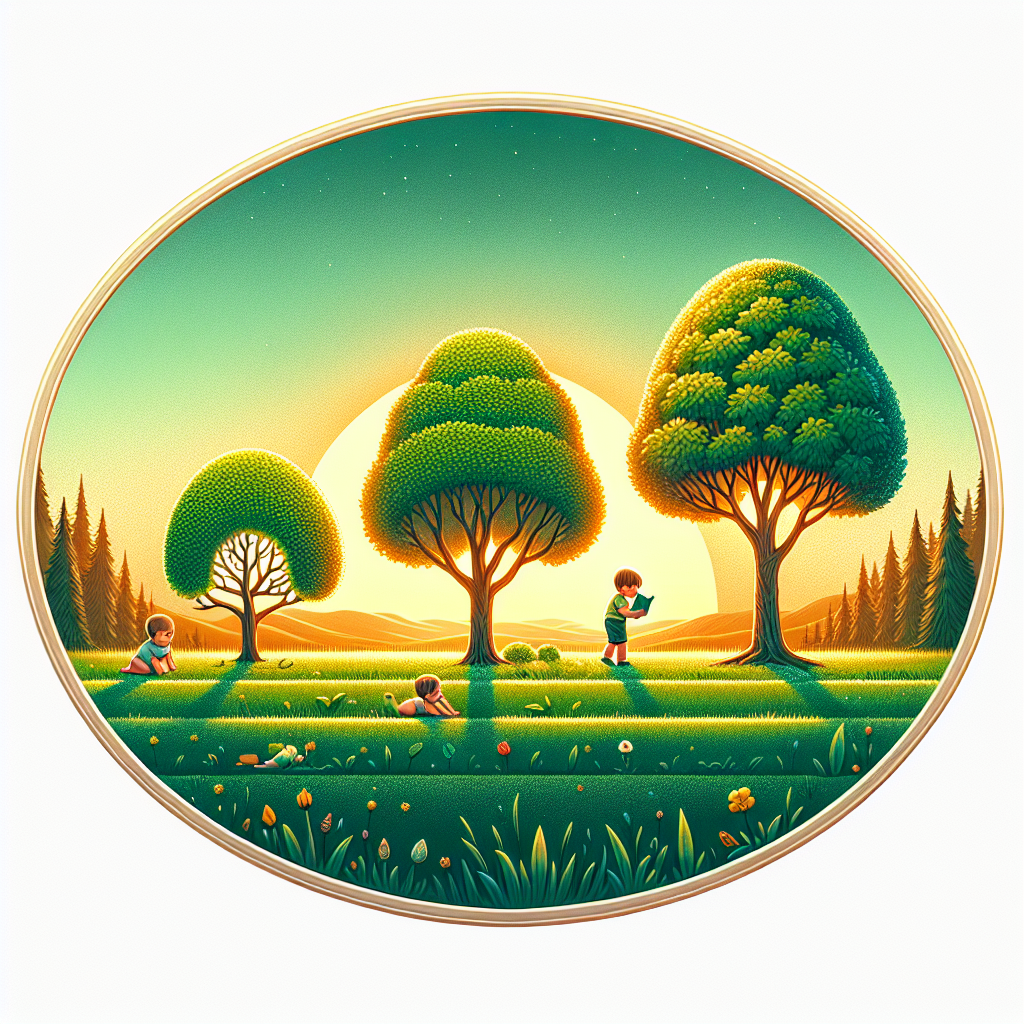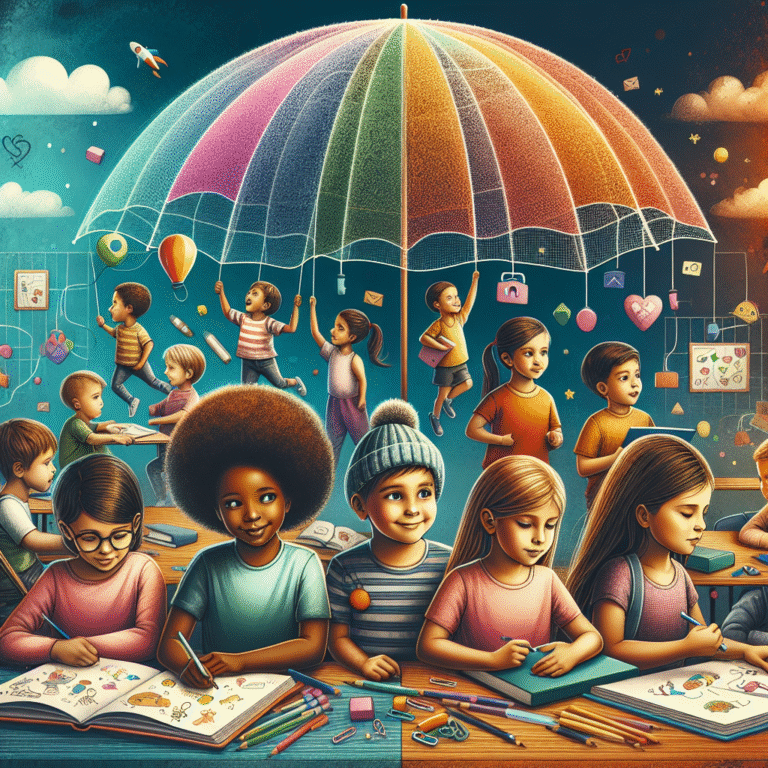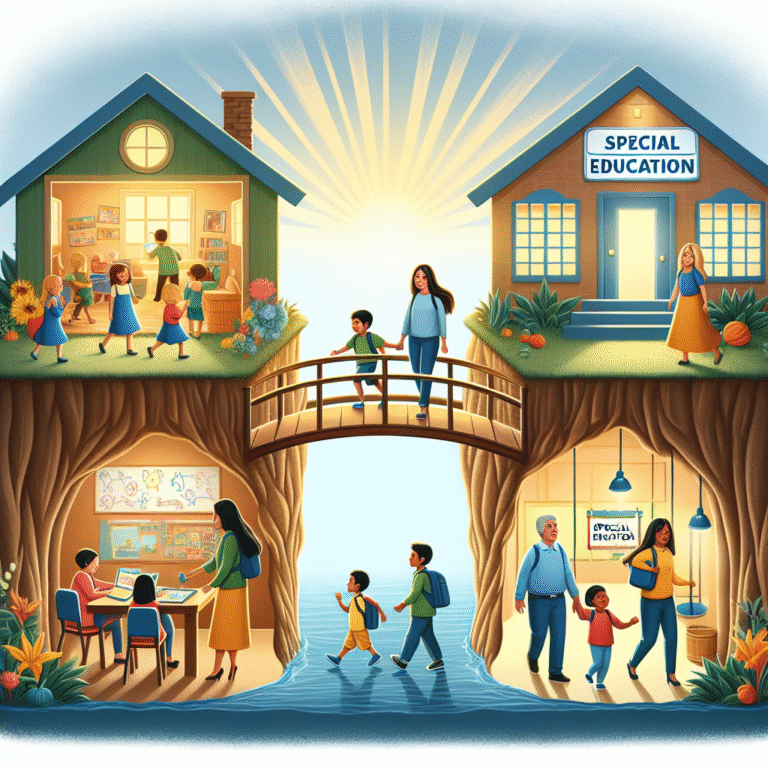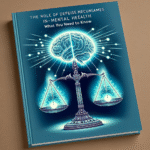
Introduction: The Foundation of Lifelong Learning
The first three years of a child’s life are an incredible journey filled with rapid growth and development. This seemingly short timeframe lays the groundwork for a child’s future happiness, behavior, and education. "The First Three Years: Understanding the Critical Milestones of Early Childhood Development" is not just a phrase; it represents a pivotal period that shapes interest, social skills, emotional regulation, and cognitive abilities. As parents, caregivers, and educators, recognizing and nurturing these milestones can unlock the full potential of young minds and help children thrive.
Imagine the profound impact you can have on a child’s life by understanding their developmental stages and responding appropriately to their needs. This article will explore the vital milestones reached during the first three years, supporting your role in fostering a rich developmental environment. Our journey will be loaded with insights, engaging narratives, and practical tips to ensure every child gets the best possible start in life.
The Importance of Early Childhood Development
Setting the Stage
In the words of the renowned child psychologist Jean Piaget, "Every time we teach a child something, we keep them from inventing it themselves." The essence of early childhood development lies in creating an environment where children can explore, learn, and grow through their own experiences. The first three years: Understanding the critical milestones of early childhood development encompasses learning through play, interaction, and exploration, which are fundamental to shaping a capable and confident child.
Growth Patterns: A Beautiful Tapestry
The development of children during these formative years is characterized by rapid changes that occur in various domains, including cognitive, emotional, social, and physical growth. Monitoring these milestones is crucial, as children develop skills at different paces. According to the CDC, tracking developmental milestones offers insights into a child’s growing strengths and areas that may need support.
Case Study: The Power of Supportive Environments
An insightful case study of a Texas preschool highlights the importance of creating a nurturing environment. Educators observed that children who engaged in structured play were able to navigate their social skills more effectively compared to those in an unstructured environment. This emphasizes that intentional support can significantly influence a child’s developmental trajectory.
The Key Milestones of Early Childhood Development
1. The First Year: Exploring the World
During the first year, babies typically reach numerous milestones—these are pivotal as they lay the groundwork for later development.
Physical Milestones
- Gross Motor Skills: Learning to roll over, sit up, crawl, and eventually walk.
- Fine Motor Skills: Developing hand-eye coordination, such as grasping objects.
Cognitive Development
- Sensory Exploration: Using taste, touch, sight, sound, and smell to understand their world.
- Object Permanence: Realizing objects continue to exist even when not visible, typically developing around 8-12 months.
Emotional Development
- Attachment: Establishing secure relationships with caregivers is crucial for emotional security.
Social Development
- Interaction: Engaging through babbling and laughter, signaling early communication skills.
2. The Second Year: Confidence and Independence
As children transition into their second year, there’s a noticeable shift—cognitive and physical development leads to increased independence and exploration.
Physical Milestones
- Walking and Running: Many children can walk independently, leading to newfound freedom.
- Dexterity Improvements: They begin to stack blocks, use utensils, and engage in creative play.
Cognitive Development
- Language Explosion: A rapid increase in vocabulary occurs, with some children knowing as many as 50 words by age two.
- Problem Solving: Children begin to understand cause-and-effect relationships—turning a knob opens a door.
Emotional Development
- Self-Assertion: Expressions of independence, often accompanied by defiance; the "terrible twos" are a common term for this developmental phase.
Social Development
- Parallel Play: Engaging alongside other children, which cultivates social skills through observation and imitation.
3. The Third Year: Social Skills Take Flight
Entering the third year marks a transition into more complex thinking and relationships.
Physical Milestones
- Advanced Coordination: Learning to climb, hop, and jump provides a thrill of exploration.
- Self-Care Skills: Children begin dressing and undressing themselves with growing ease.
Cognitive Development
- Imaginative Play: Creative thinking blossoms; kids enjoy role-playing and storytelling.
- Understanding Time: They begin grasping the concepts of past, present, and future.
Emotional Development
- Emotional Regulation: Learning to manage feelings and express them appropriately becomes significant.
- Developing Empathy: Recognizing the feelings of others emerges, paving the way for social cooperation.
Social Development
- Cooperative Play: Engaging in play that requires sharing and taking turns marks significant growth in social cohesion.
Case Study: Facilitating Toddler Independence
Let’s look at a case study from a childcare center in California focused on fostering independence. By providing choices in daily routines, such as selecting their snack or activity, children were observed to show higher engagement levels and improved social interactions among peers. This illustrates how parents and educators can facilitate critical milestones in the second year and beyond, encouraging independence and confidence.
Tools for Monitoring Developmental Milestones
Developmental Checklists
Using developmental checklists can help caregivers and educators track children’s milestones effectively. The CDC provides downloadable milestones checklists that can assist in recognizing various stages of development.
Ages and Stages Questionnaire (ASQ)
The ASQ is a popular tool used for assessing child development from one month to 5 years. It covers several domains, including communication, gross and fine motor skills, problem-solving, and personal-social abilities.
Developmental Screens
Pediatricians often conduct developmental screenings during well-child visits as a proactive approach to identify any potential developmental delays.
Encouraging Healthy Development
Creating a Supportive Home Environment
Parents play a crucial role in fostering the first three years: understanding the critical milestones of early childhood development starts at home. Here are some actionable insights:
- Engage in Play: Play is essential. It promotes learning and cognitive and social skills. Encourage both structured and open-ended playtime.
- Read Together: Reading to children enhances vocabulary and stimulates their imagination.
- Limit Screen Time: The American Academy of Pediatrics recommends limited screen time for children under age two, focusing instead on interactive play.
The Value of Strong Relationships
As children develop, forming secure attachments becomes paramount. Whether with parents, caregivers, or educators, positive relationships foster a sense of security and encourage children to explore their environments and engage with peers.
Seeking Professional Guidance
If a child is not meeting milestones or if concerns arise, seeking guidance from a pediatrician or child development specialist can provide clarity and support.
Conclusion: The Path Ahead
The journey of early childhood development is both beautiful and complex, with each child unique in their growth trajectory. "The First Three Years: Understanding the Critical Milestones of Early Childhood Development" can be transformative for parents and caregivers who aim to provide enriching experiences for their children during this critical period. By fostering an environment that embraces exploration, individuality, and warm relationships, we empower children to thrive and succeed in future stages of their lives. The insights provided herein are tools; use them to nurture the potential that lies in every young child.
FAQs: Answers to Common Concerns
Q1: At what age should I be concerned if my child isn’t meeting milestones?
A1: It’s crucial to consult a healthcare professional if you have concerns about developmental delays. Early intervention can make a significant difference.
Q2: How can I promote language development in my toddler?
A2: Engage in conversations, read regularly, sing songs, and encourage storytelling to enhance your child’s vocabulary and language skills.
Q3: What role does nutrition play in my child’s development?
A3: A balanced diet rich in nutrients supports cognitive and physical growth. Ensure your child has a variety of foods, including fruits, vegetables, proteins, and whole grains.
Q4: Are there ways to make learning fun for young children?
A4: Incorporate play-based learning! Use games, storytelling, and outdoor exploration to make learning enjoyable and interactive.
Q5: How can I reinforce my child’s independence while ensuring they feel secure?
A5: Provide choices in daily activities, offer praise for their efforts, and be available to support them during challenges, allowing them to explore independently within a safe environment.
In your journey of understanding and supporting young minds, remember: the first three years are not just about milestones—they are about building a foundation for a lifetime of learning and growth. The connection you foster now is a gift that will benefit them in countless ways in their future endeavors.


















